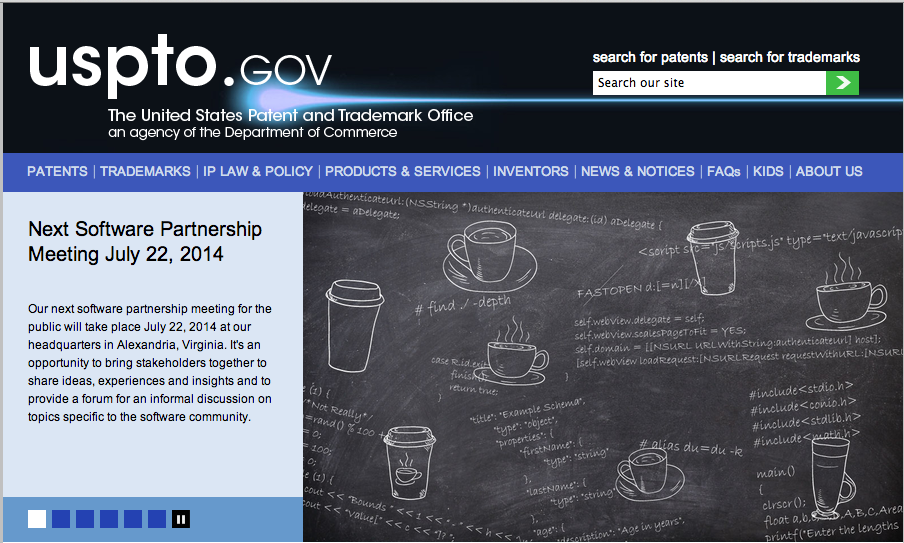Many people think that once they register a trademark with the United States Patent and Trademark Office that their trademark is valid. However, this is an assumption that can end up creating a false sense of security. Registering your trademark is only half the battle; there are steps that you must take prior to registering your trademark and after your trademark is registered to make sure it remains valid. In this two-part series, I will address ways that your trademark can be invalidated even after it is registered due to issues that arose pre-registration and steps to protect your trademark from invalidation post-registration.
Prior to registration, there are three due diligence steps that must be taken to ensure that you can claim trademark rights in a name. If you have not taken these steps, even if you receive a trademark through the USPTO, it may be invalidated after receiving registration. While these steps cannot 100 percent guarantee that a trademark will not be invalidated after registration for pre-registration issues, following these rules will help reduce the risk.
What Is a Trademark?
Trademarks are words, images, and slogans that are used to market a product or service. When you register a trademark, you registered the proposed mark for a category or categories of products and services. For instance, the Coca-Cola Company has registered the mark “Coke” in multiple categories — for everything from beverages (which is what it is known for) to Christmas ornaments, candy dishes, kitchen timers and lamps. However, there are some companies that have only registered trademarks in one category. For these companies, those that have narrowly tailored their trademark to protect only products and services in one or two categories, other companies could use the same name in other categories as long as the use wasn’t similarly confusing. For example, there is a company that has a trademark on the word “Lyft” for office furniture since 2006. Because office furniture and powder mixes drinks would be hard to confuse, another company was able to get a trademark for “Lyft” for powder drink mixes. In addition, the car-sharing service Lyft also has a trademark registration pending which is neither confusing with office furniture or powder drink mixes, showing how even three companies can claim trademark rights in the same word, but in different categories.
Trademarks are words, images, and slogans that are used to market a product or service. When you register a trademark, you registered the proposed mark for a category or categories of products and services.
When you initially file your trademark, you must have exclusive use of the proposed mark for the categories you file it in and for similar categories. For example, if you are considering registering the name “Apple Computers” to sell computers, you must make sure that no one else is using the name for electronics and similar services prior to registering the trademark. While almost everyone should recognize that Apple is already being used to sell computers, hopefully the name you pick for your trademark will be less obviously in use already.
Determine Availability of Trademark
To ensure that you have exclusive use of your proposed trademark, the first place to start is a search with the USPTO. Through the site’s search, you can type in the name you want to use and see if anyone has already registered it. If someone has registered a similar mark for selling similar items to what you want to sell, you should probably consider getting a new name. If no one is selling similar products with a registered trademark under that name, the second step would be a search online through Google or a similar company to see where the name is being used. Again, if a website comes up where someone is selling items similar to what you want to sell using the name you want, you should probably consider getting a new name.
Second, after doing the trademark searches, you need to make sure that the name is something that can be trademarked. As the recent case with the Washington Redskins demonstrated, you can lose your trademark, even after it is registered, if your name is disparaging, scandalous, or illegal. To determine if a trademark is disparaging, you have to look at what the meaning of the mark is in relation to the goods and services identified in the registration. For instance, trademarks that are shown to be disparaging to a group of people, such as the word “Redskin,” have been questioned by the USPTO. However, you must look at both the word and the classification of trademark. For instance, the Nittany Corporation holds a trademark on the word “redskin” for canned beans which was never questioned as possibly being disparaging, presumably because the beans in question actually have a red skin and no references to Native Americans were made by the company.
Is It ‘Scandalous’?
To determine if a trademark is scandalous, you must determine if the words or images used in the mark are “shocking to the sense of truth, decency or propriety; disgraceful; offensive; disreputable.” However, like with disparaging trademarks, the USPTO looks at both the word being used and the way in which it is being used. For example, the mark “Fag” was denied for use in conjunction with a literary magazine because it was found to be a “‘derogatory,’ ‘offensive’ or ‘derisive’ word referring to a male homosexual.” Nevertheless, the USPTO allowed the use of the same mark by a separate company for the registration of mechanical products because the derogatory meaning of the word was typically not present in that category and the word was actually derived from the initials of the previous German company that sold the products.
Lastly, you cannot register a trademark that involves something illegal under federal law. With ecommerce, this is most frequently coming into play in the states of Colorado and Washington, as they have legalized marijuana. If you have a website that sells items that are associated with illegal drugs, then typically you are unable to get a trademark on the marks used on that site. Additionally, this can come up with companies that have Internet gambling sites and companies that merely provide services to medical and retail marijuana stores.
There is a fine line between providing illegal services and simply providing information, though. For instance, there is a trademark on “High Times” as it only provides information through multiple platforms about marijuana and marijuana culture. However, sites that specifically promote the sale of items to consume marijuana or that use names implying that marijuana is included in the ingredients often come under scrutiny and typically are denied.
If you have determined from your searches that there is no prior use and that your proposed mark and goods that your mark is going to be used for is not disparaging, scandalous, or illegal, then the next step is to talk to a trademark attorney. Your trademark attorney can have a more thorough search performed to ensure that you are the only one using the name and give guidance on if there are any issues that may come up after applying for registration. Stay tuned for next month’s article on how to protect your trademark after you receive it.






